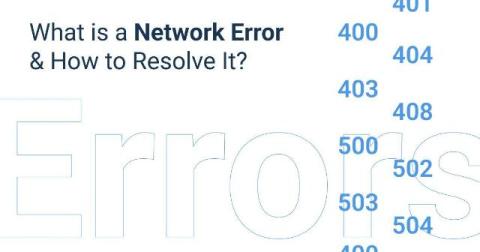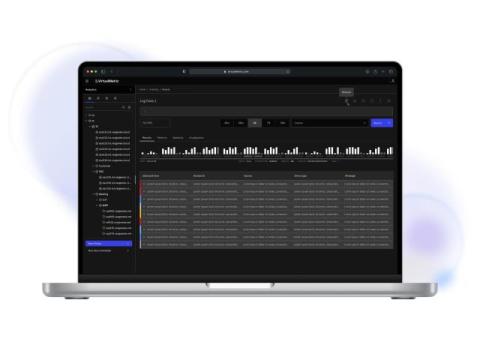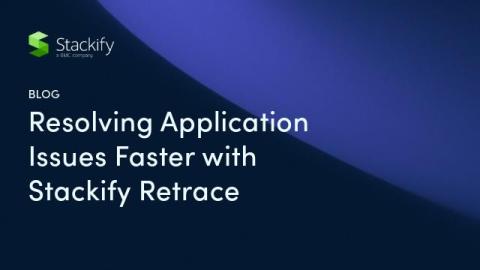What is a Network Error? Understanding and Fixing the 12 Most Common Network Errors
We’ve all experienced those frustrating moments when a network error code pops up unexpectedly, and you're forced to stop everything you're doing. We all hate to see a 404 (Not Found) or 500 (Internal Server Error) network error coming. Whether it’s sluggish connections, dropped calls, or websites refusing to load, the instinct is often to try quick fixes, browse a few “how-to” articles, or even just wait for the issue to pass.











